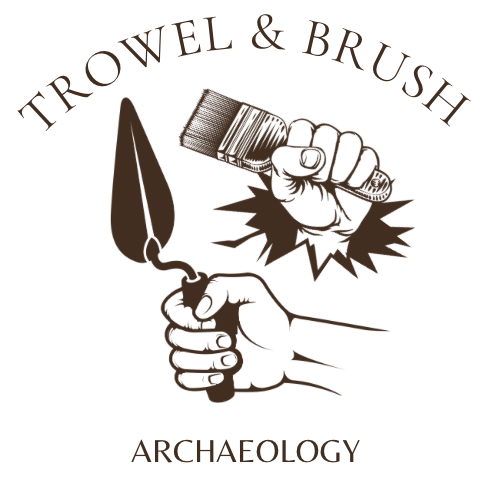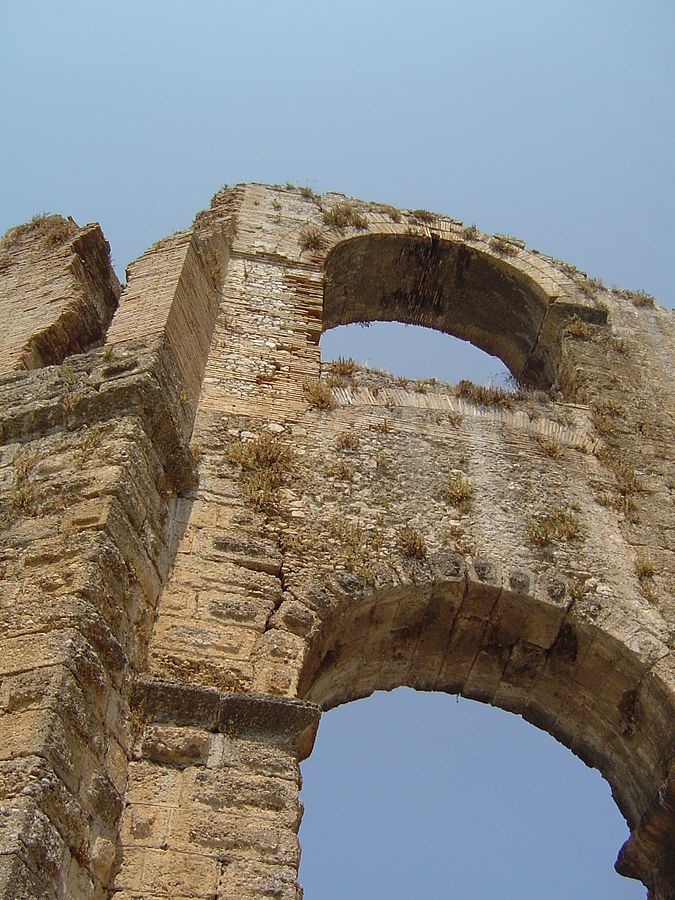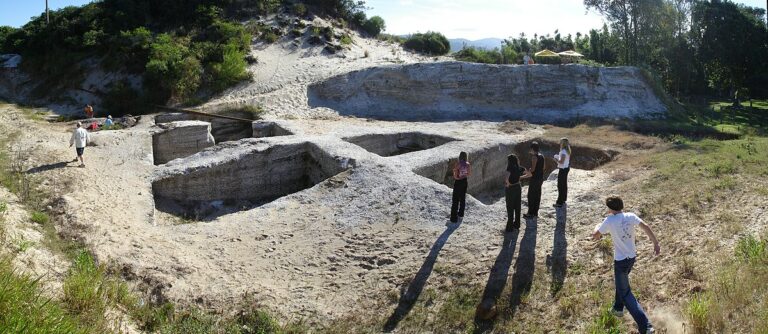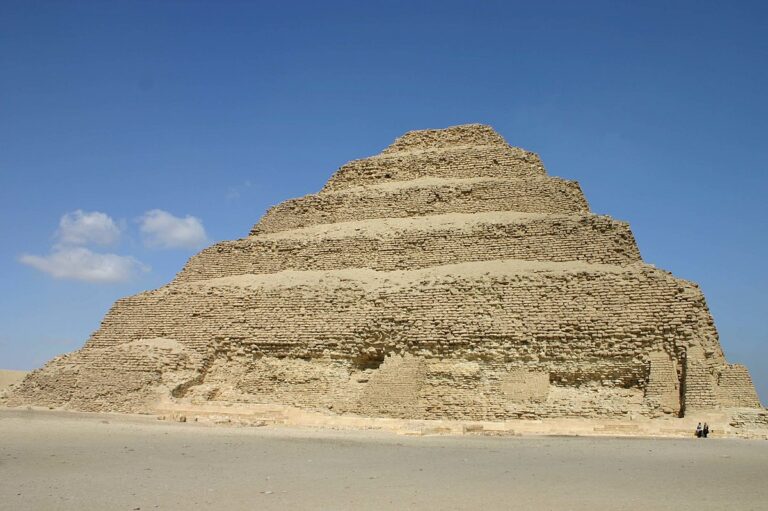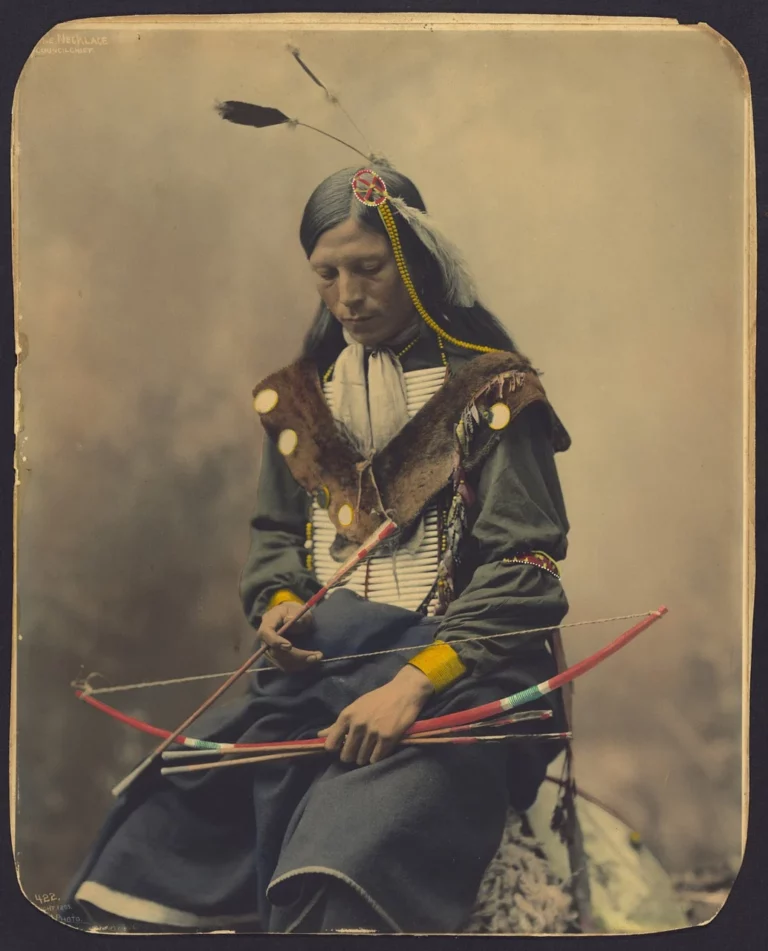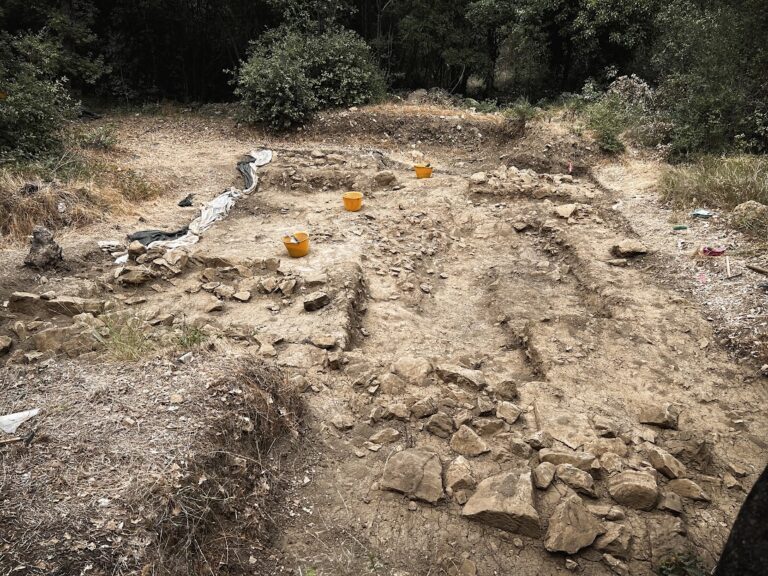Dark Desires: The Black Market of Antiquities
In a dimly lit room, a vase from the Ming dynasty is passed from one hand to another.
An ancient Egyptian amulet changes ownership in a quiet alley.
A train car filled with priceless art chugging through a city undetected.
While these scenes might sound like they’re ripped from a movie, they are snapshots of the clandestine world of the black market for antiquities, a multi-billion dollar industry.
This underworld stands at the intersection of history, greed, and global politics.
The Allure of Antiquities
Antiquities have been venerated and coveted for centuries. For some, they are a testament to mankind’s rich history; for others, they signify wealth and status. A unique relic can make one’s collection distinct, and owning a piece of history is compelling. But there’s a darker side to this allure. The desire to possess these artifacts has given rise to a black market that exploits and erases history in the pursuit of prestige, profit, or power.
The hunt for myths, Legends, and Power
During the reign of Adolf Hitler and the expansion of the Third Reich, the world wasn’t only under threat of territorial conquest but also the plundering of its cultural heritage. Hitler wasn’t just a dictator with ambitions to dominate the world politically and militarily; he was also obsessed with acquiring art, artifacts, and relics that he believed would solidify his envisioned empire’s cultural and spiritual supremacy.

The Einsatzstab Reichsleiter Rosenberg (ERR)
In the early years of WWII, the Nazis formed the ERR, a special unit responsible for the seizure of valuable cultural properties. Under the guise of ‘safeguarding’ these artifacts from the ravages of war or Bolshevik destruction, the ERR systematically looted thousands of artworks and relics from museums, churches, and especially from Jewish families across occupied Europe.
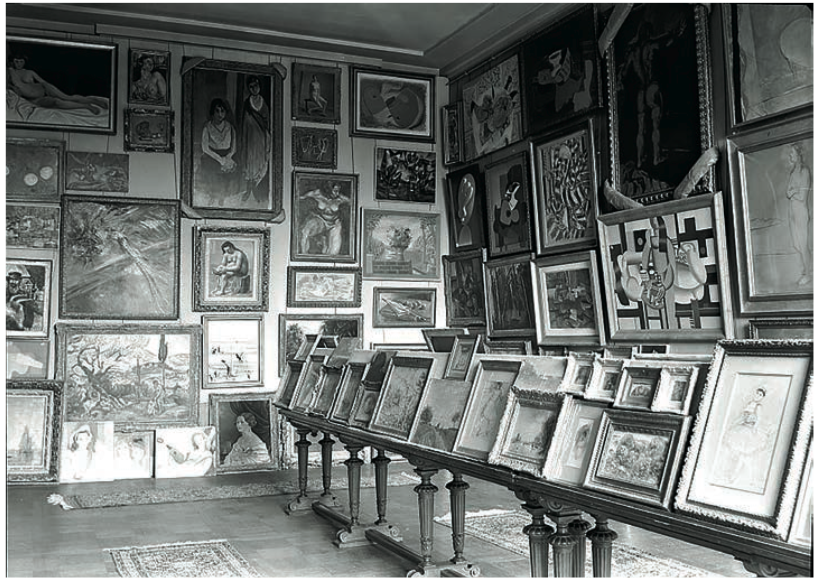
The Mythological Pursuit
Beyond mere art, Hitler and his inner circle, especially Heinrich Himmler, head of the SS, were obsessed with acquiring religious and occult relics. This pursuit was not merely for their cultural value but stemmed from a twisted belief in their power. One of the most famous quests was for the ‘Spear of Destiny’ or the ‘Holy Lance’, believed to be the spear that pierced Jesus Christ’s side. Legend had it that whoever possessed it would hold the fate of the world. It was rumored that Hitler sought this artifact, among others, to solidify his invincibility.
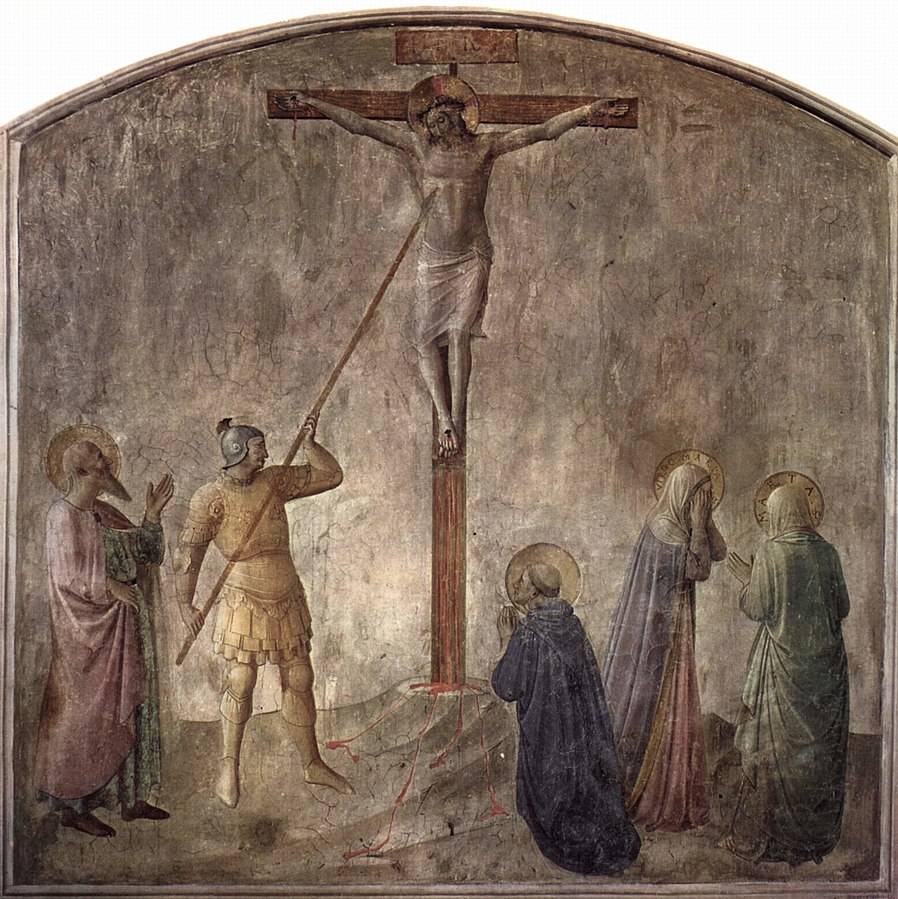
Aftermath
By the end of the war, countless artifacts and artworks had been stolen, hidden, or lost. The Monuments Men, a group of Allied soldiers and experts, embarked on a mission to find, protect, and return these treasures. Many items were successfully returned to their rightful owners or their nations of origin, but many more remain lost, with their whereabouts unknown.

Mechanics of the Black Market
The supply chain for illegal antiquities often starts with looters at archaeological sites. They may be locals coerced by criminal gangs or opportunists capitalizing on socio-political unrest. The stolen relics are then passed to middlemen who facilitate their covert transport across borders, eventually reaching collectors, auction houses, or private buyers.
Key points that make this trade lucrative and relentless are:
- Demand from Wealthy Collectors: There’s a clandestine group of collectors willing to turn a blind eye to the item’s provenance if it completes their collection.
- Unregulated Online Marketplaces: The rise of the digital age has made it easier for illicit traders to find potential buyers on platforms where regulation is slim and anonymity is possible. In 2020, Facebook finally banned the exchange, sale, and purchase of “Historical Artifacts” on its site, but experts claim the impact will be minimal.
- Ambiguous Legislation: While many countries have laws against trading in stolen antiquities, enforcement can be patchy, and the laws themselves might not be robust enough to deter traffickers.
The Cultural Cost
Every artifact stolen is a piece of history lost. The context in which an artifact is found provides archaeologists with vital information about the past. When items are looted, this context is destroyed forever.
The black market not only erases historical context but also fuels modern-day crises. ISIS, for instance, was documented profiting from the sale of looted artifacts, with the proceeds funding their militant activities. It’s a sobering thought that purchasing an artifact might inadvertently support terrorism or organized crime.

The Fight Back
Efforts are being made globally to curb this illicit trade. International organizations like UNESCO have conventions aimed at preventing the illegal import, export, and transfer of ownership of cultural property. Various nations are strengthening their laws, while Interpol maintains a database of stolen works of art, which includes numerous antiquities.
The archaeological community, too, is battling this issue. By raising awareness about the importance of provenance and the value of artifacts in their original context, they hope to reduce demand on the collector’s side.

If you’re interested in a deeper dive into Black Market Antiquities or other similar stories, you may want to explore works by authors like Jason Felch and Ralph Frammolino who wrote “Chasing Aphrodite,” a book that delves into the illicit trade in antiquities and the role of major institutions like the Getty Museum.
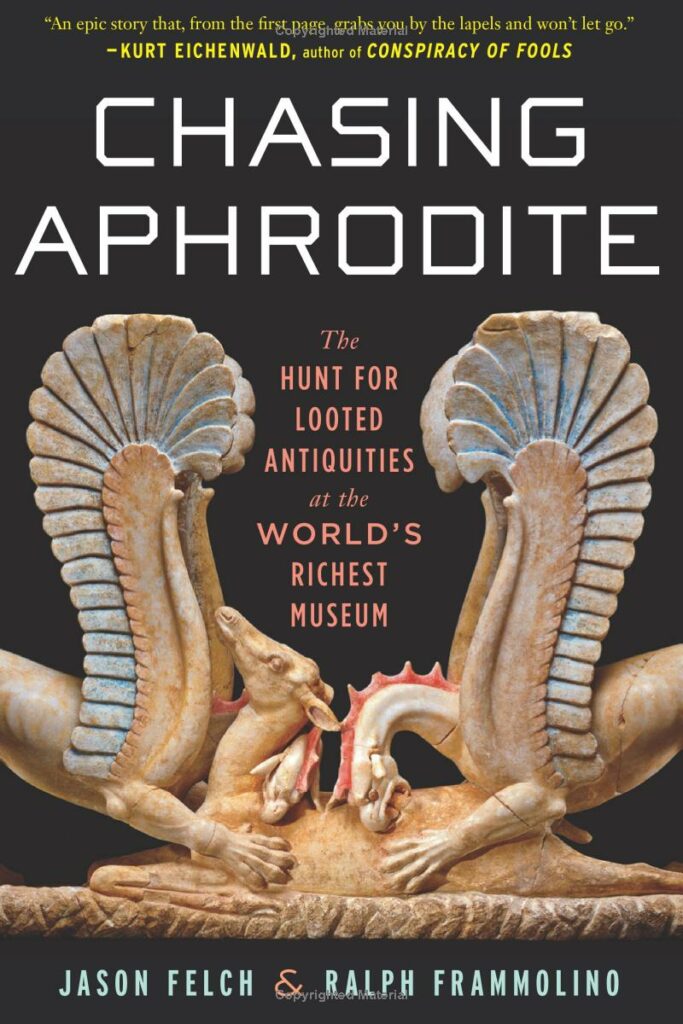
The black market of antiquities is not just a challenge for historians or nations; it’s a threat to our collective human heritage.
Every artifact has a story to tell, and when it’s stolen, part of that story is lost forever.
The ancient Egyptians can’t create another mummy, the Romans won’t chisel another piece of marble, and Raphael won’t brush another canvas.
The black market erodes our shared heritage and the precious remnants left by these bygone civilizations.
Check This Out
“Fun Fact: The movie “The Monuments Men,” starring George Clooney and Matt Damon, is based on the real-life group of Allied experts tasked with saving art and other culturally important items before they were destroyed by Hitler and the Nazis during WWII. Their adventurous endeavors went beyond the battlefield, diving deep into mines and castles to recover Europe’s stolen treasures!”
If you found our deep dive into the antiquities black market fascinating, don’t miss our piece on archaeological deceptions! Click the button below to explore further.

